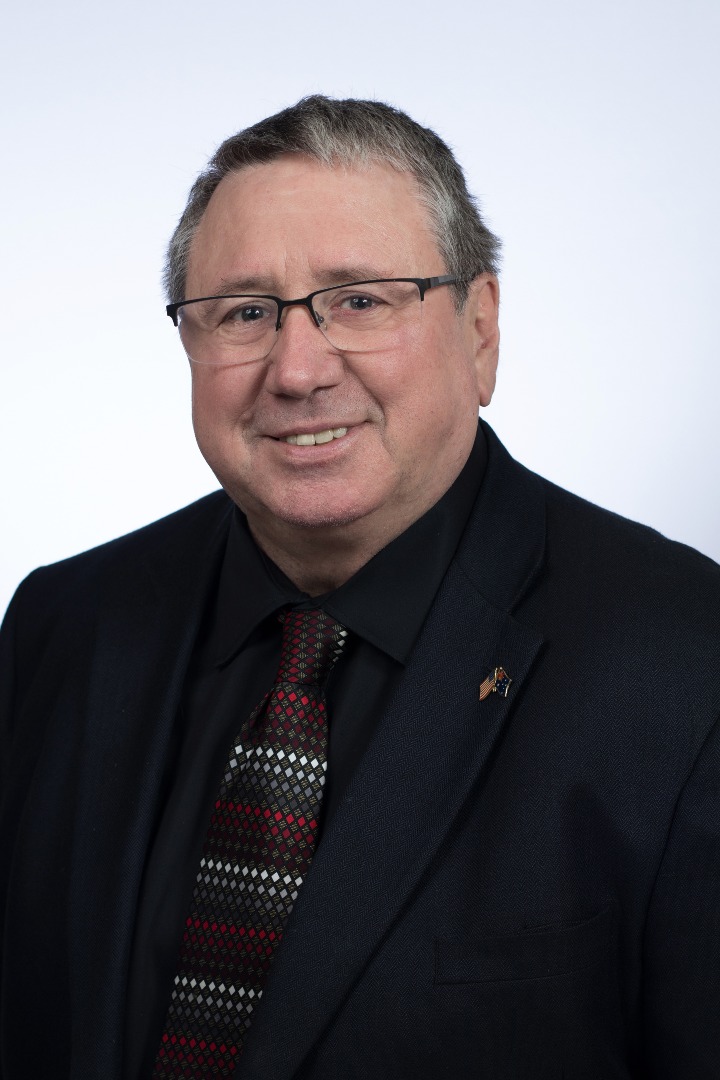ECC ’17: How giga-projects differ from mega-projects
A breakout session at the ECC meeting in Boca Raton, Florida focused upon lessons learned while designing and constructing Sadara, a Saudi Arabia/Dow Chemical JV petrochemical facility near the industrial port city of Jubail.
The session was led by Joseph C. Brewer, who is a Vice President and Senior Consultant on capital project delivery. He served as Chief Implementation Officer, Program Management for Sadara, with oversight over multiple project directors. He shared this role with his Saudi Aramco counterpart. Over a period of 8 yr, they agreed daily on needed decisions, effectively speaking as one voice.
Sadara project outline. The Sadara project is characterized by impressive metrics and a complexity greater than that of gas or power projects, because of the reaction chemistry, metallurgical challenges and interfaces between units. To date, it is the largest petrochemical project ever designed and built in one phase.
With modular design, the laydown area was larger than the 6-km2 process and infrastructure site. Logistics, scheduling and marshalling were a challenge: for example, 60,000 workers were transported in and out each day on buses that shared a roadway with large equipment deliveries for the project.
The EPC coordination role was complex and demanding with 27 project teams, 25 engineering offices worldwide and 100-plus construction contractors. Their integrated schedule drove the decisions around design, procurement and shipping.
Infrastructure was needed first; however, this component is too often the last to receive all of the data needed to ensure the right capacity, Brewer noted.
Giga-project challenges and solutions. Giga-projects costing more than $10 B have nonlinearities that mega-projects do not. During front-end engineering design (FEED), iterations are driven by massive parallel optimizations. In interface management, the number and complexity of interface points have a domino effect on change management and risk management.
Personnel turnover occurs on a project of long duration, sometimes without the transference of needed lessons and learning. Giga-projects must proactively morph their organizations, insist on standardization, integrate asset delivery and stay aligned.
Unfortunately, gig-projects are often intolerant of not doing the basics well, Brewer said. These basics include staffing, complete and robust front-end loading (FEL) and FEED packages, value-improving practices and gate reviews. For Sadara, scheduling had to be backward-pass resource loaded, Brewer said.
The proactive contracting strategy also needed to match what the market could deliver. The Sadara project controlled the split of work—not the EPCs. Care was taken on materials procurement to ensure that purchase orders did not overwhelm the capability of a fabricator to deliver.
All components of the project were required to start up at the same time, Brewer noted. Sadara was finished in 2016 and is now making products to feed the next phase—PlasChem Park, which will make finished products to replace import volumes.








Comments